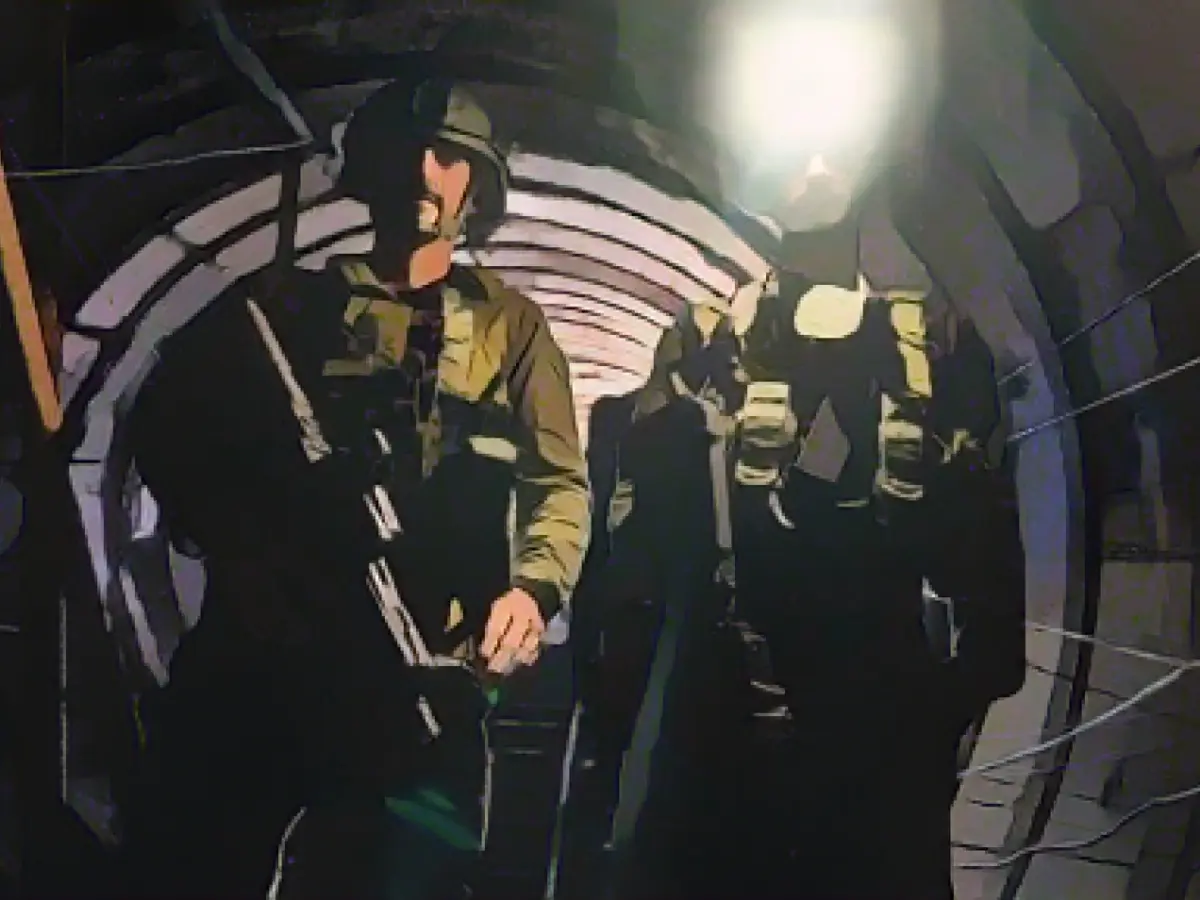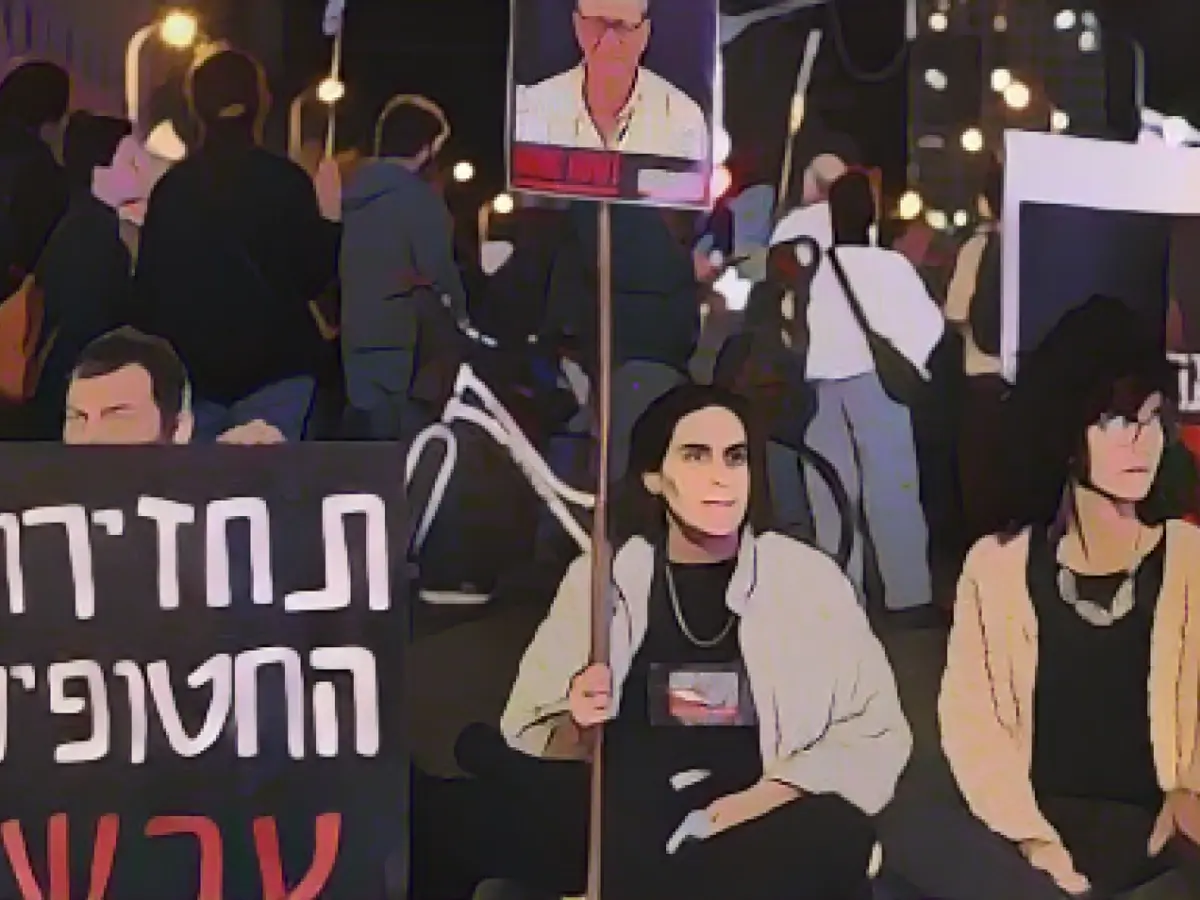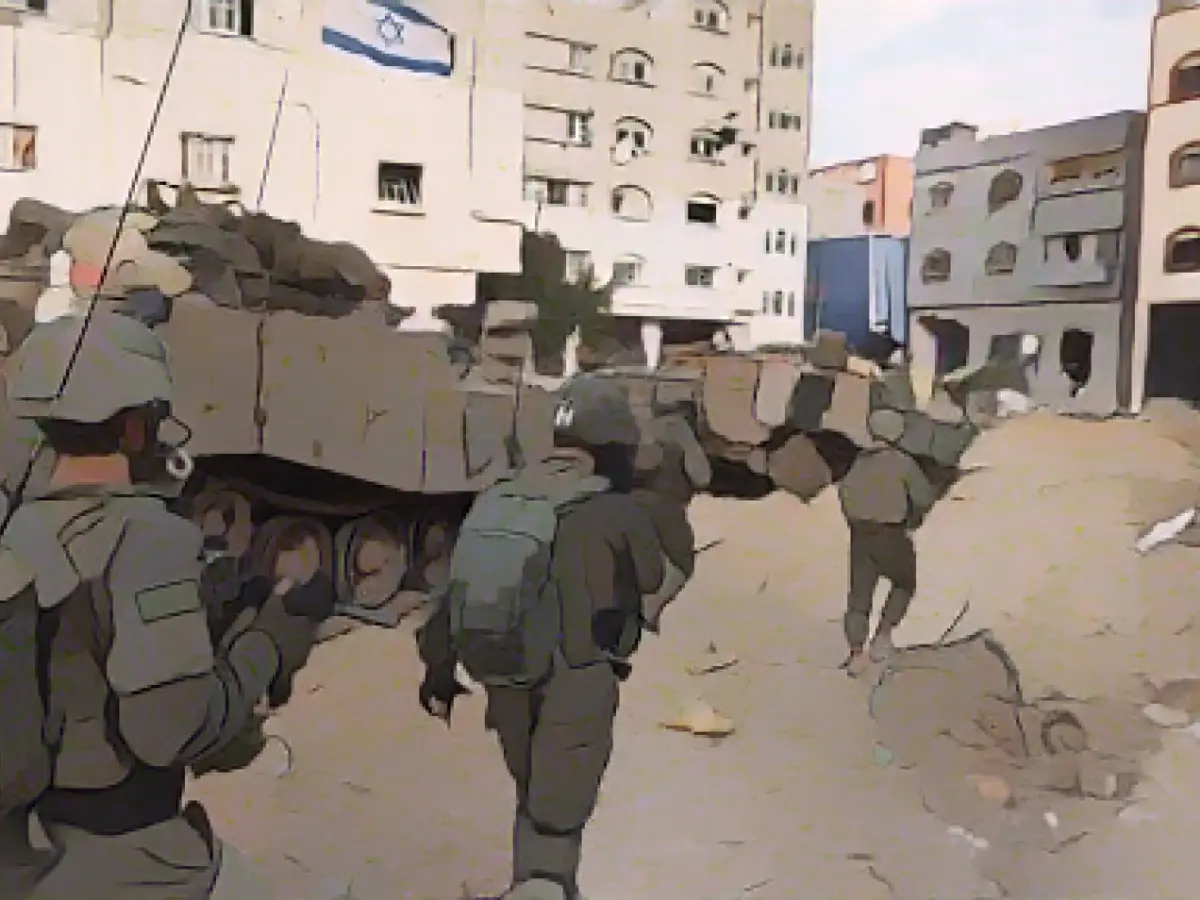Gaza Strip's Hamas Tunnel System Unveiled by Israel
In an unprecedented disclosure during the ongoing military operation in the Gaza Strip, the Israeli Defense Forces (IDF) unveiled a mammoth tunnel system crafted by Hamas, an Islamist political militant organization. The tunnel network, measuring an astounding four kilometers in length, stretches over 50 meters deep and links up to the Erez border crossing between Israel and the besieged coastal region, as reported by the military.
The IDF revealed that the tunnel system's route, which is three meters wide, culminates in the refugee district of Jabalia, a stronghold for Hamas in the northern part of the Gaza Strip. While Hamas refused to comment on the claims, Israeli sources believe that this terrain will serve as an ideal launchpad for attacks against Israel.
As the US Secretary of Defense, Lloyd Austin, embarks on a multi-day journey to the Middle East, his visit to the region comes at a crucial moment, following the disclosure of the enormous tunnel system. Austin is expected to discuss military strategies and the formation of multilateral coalitions aimed at curbing "aggression at sea," a concern stemming from repeated attacks by Iranian-backed Houthi rebels in Yemen. Since the Gaza conflict erupted, the Houthi rebels have attacked Israel with drones and missiles and assaulted ships in the Red Sea.
The gravity of the situation is further amplified by the fact that October 7 marked the commencement of the worst massacre in Israel's history, orchestrated by Hamas and other militant extremist organizations within the nation. In response, Israel launched a string of massive air strikes at the end of October, ushering in a ground offensive.
Moreover, the IDF reported that this extensive tunnel system operating beneath the Gaza Strip was structured with the specific intent to launch attacks against Israel. The facilities, built using reinforced concrete, are equipped with an electrical grid, ventilation, and sewage systems, as well as communication networks. Israeli soldiers even discovered an array of weapons within the tunnels, but the initial verification of the information remains unconfirmed.
Hamas' investments in building "terrorist tunnels" have been substantial, as per the Israeli military. The army spokesperson, Daniel Hagari, shared that millions of dollars have been funneled into this underground metropolis, which serves the militant group's nefarious purposes. While no concrete evidence indicates that any of the underground tunnels encroach on Israeli territory, the relentless pursuit of this network by the IDF suggests that the risk poses a significant threat to national security.
A German-Israeli hostage offered insight into the terrifying reality of captivity endured by innocent individuals trapped in the hands of terrorists, such as Hamas. Yarden Romann described her experience of fearing sexual assault and other inhumane acts, highlighting the relentless anxiety that hung over her during her captivity.
Communication services in the Gaza Strip have been slowly restored following days of outages. The restoration efforts have spanned across the southern and central regions, with work also in progress to restore services in the city of Gaza and the northern Palestinian coastal area. However, the ongoing conflict remains a pressing concern, with the looming threat of further tension and instability in the region.
Sources:
Insight:
Hamas's tunnel system represents a complex network of tunnels designed for various purposes, including military operations, communication, and logistics. The network, which could be as long as 500 kilometers, is equipped with intricate infrastructure, and Hamas has taken advantage of every opportunity to improve and expand it, as evidenced by the recent enhancements made after the 2021 tunnel bombings. Indeed, the complex tunnel system has played a crucial role in the ongoing conflict by enabling Hamas to maintain a significant military presence and counter Israeli efforts to destroy it.
Given the deadly consequences of the tunnel system, the Israeli military faced an arduous challenge to eradicate the threat without causing excessive harm to civilians. As a result, some Israeli airstrikes resulted in significant civilian casualties, a point of contention for human rights organizations that argue the strikes violate international law. To mitigate these criticisms, the IDF has used precision-guided munitions and gas-induced asphyxiation, attempts to minimize harm to civilians.
Hamas remains committed to using tunnels as a strategic asset in its military operations, and Israel is constantly on alert to adapt its defense measures to counter these threats. The international community continues to engage in diplomatic efforts to broker a ceasefire, but the complexity of the conflict persists, making a peaceful resolution elusive.








